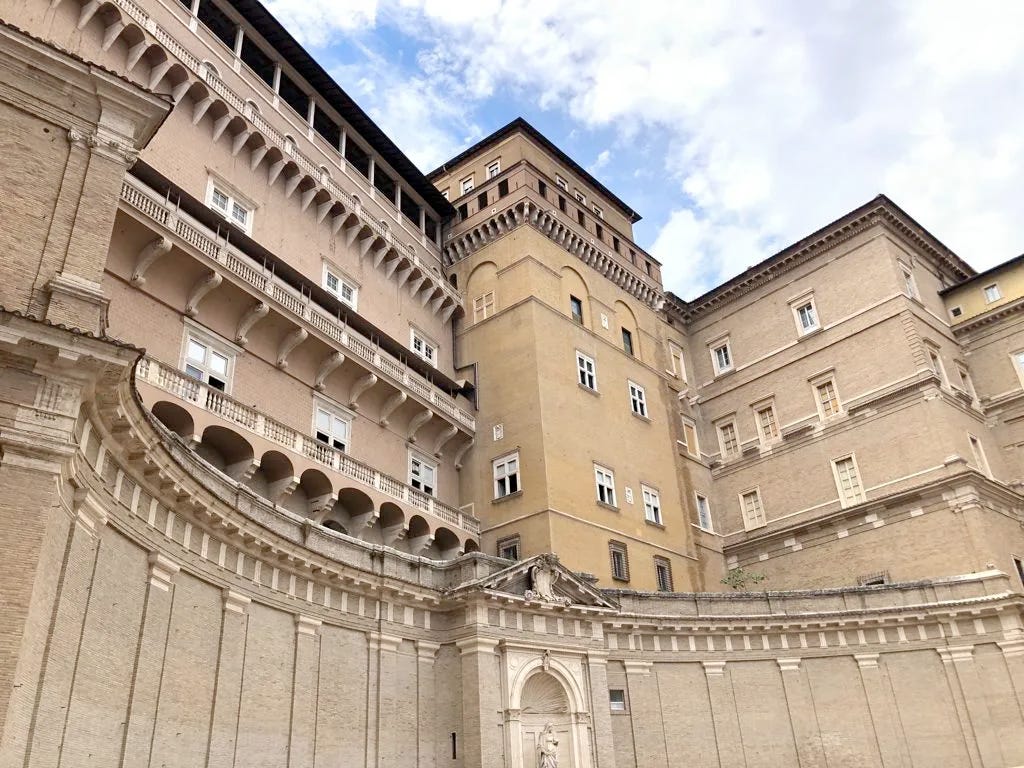What if the Vatican actually goes broke?
The Holy See is still operating with a runaway budget deficit, but there's no big idea to bring it under control
The Holy See is, by its own accounting, in serious financial straits.
While some curial asset managers have begun to show modest-to-moderate returns in recent years, donations remain down and the Vatican is still operating with a runaway budget deficit.
So how bad is the financial w…

